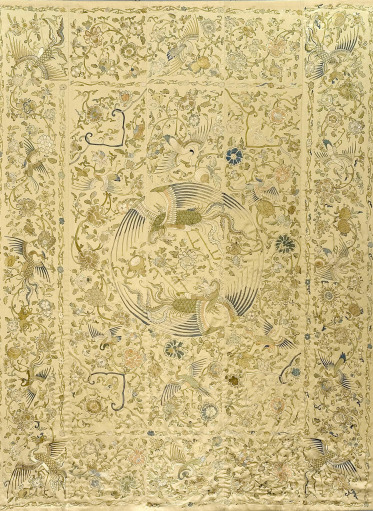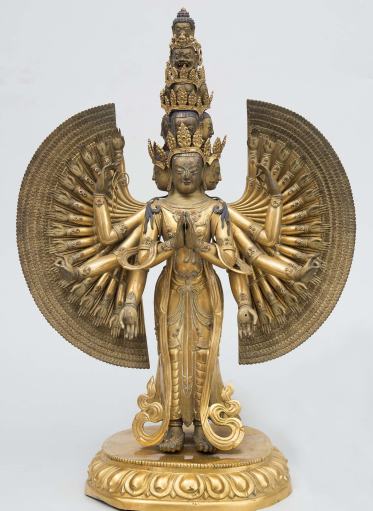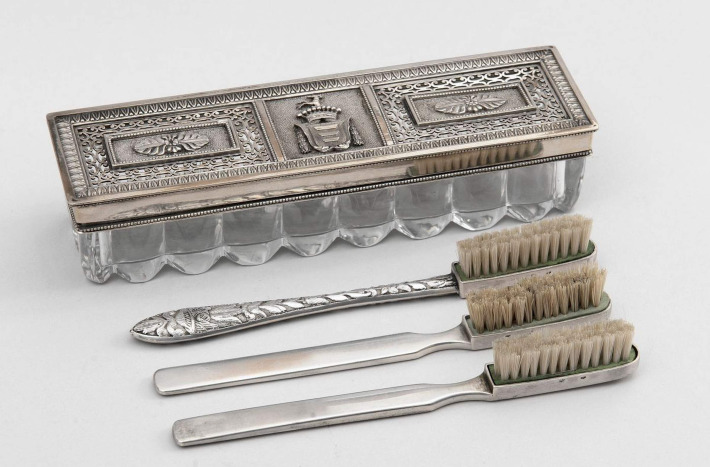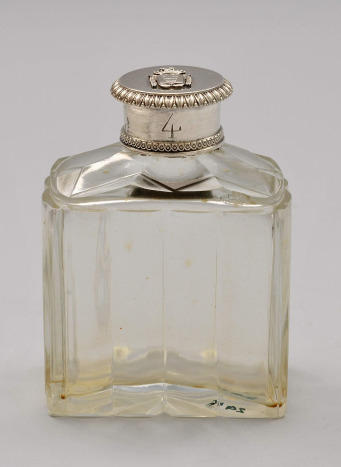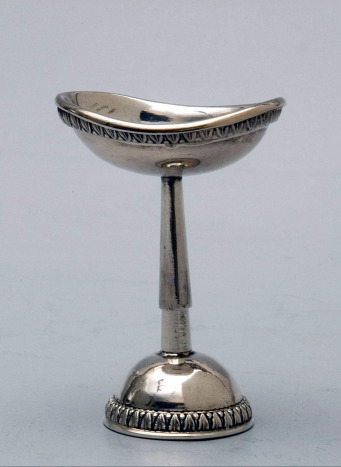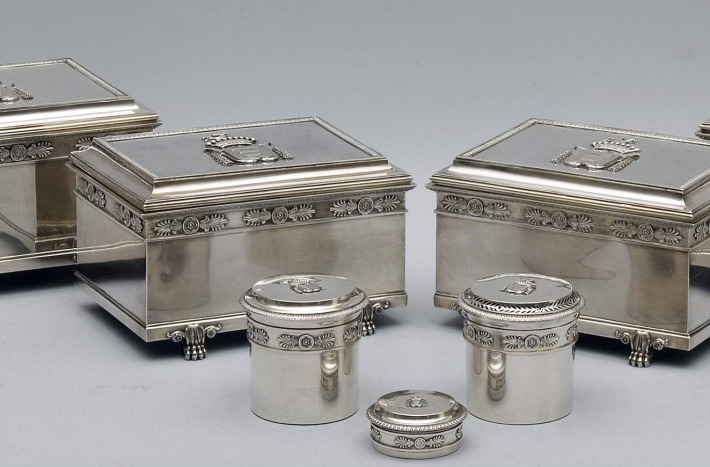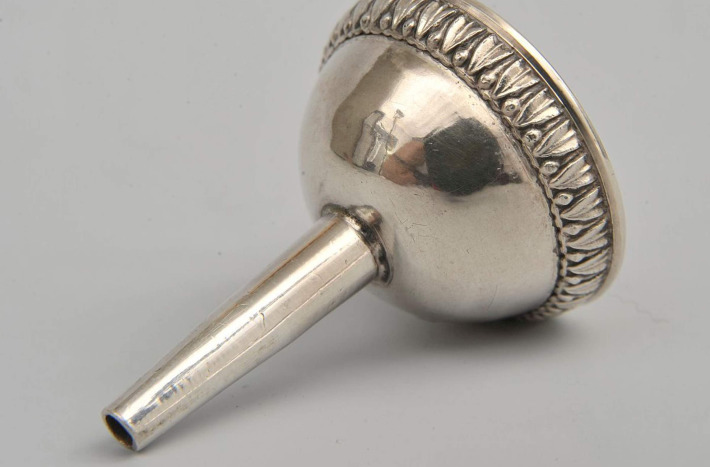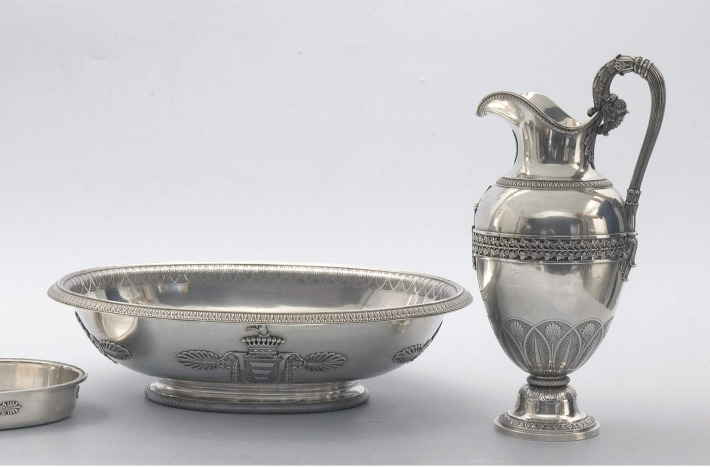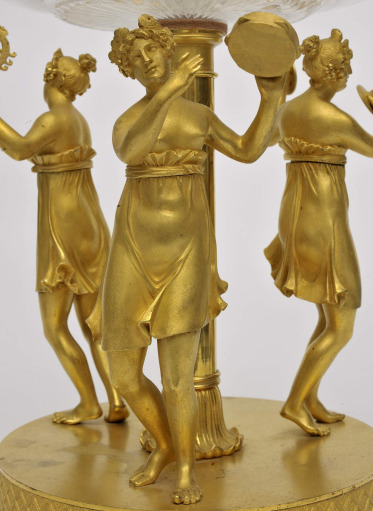
Permanent exhibition
The Open Storage Gallery
Opened in 2017, the gallery presents valuable works of art previously stored in closed warehouses. Here visitors can see works of the goldsmith's art, original wall fabrics from the royal apartments, and a collection of items from the Far East.
In a modern studio, conservators restore the brilliance of works of art from the Wilanów collection. Their work can be observed through a glass wall.
In a modern studio, conservators restore the brilliance of works of art from the Wilanów collection. Their work can be observed through a glass wall.
Key information
Opening hours:
- Friday: 10:00-16:00
- Saturday: 10:00-16:00
- Sunday: 10:00-16:00
- Monday: 10:00-16:00
- Tuesday: 10:00-16:00
- Wednesday: 10:00-16:00
- Thursday: 10:00-16:00
Tickets:
Tour time:
30 minutes
Exhibition curators:
the Art Department in cooperation with the Department of Prevention and Conservation of the Museum of King Jan III's Palace at Wilanów
Explore:
This decorative silk embroidered piece dates from the 17th or 18th century from China. According to tradition, it served Queen Maria as a quilt. The piece is decorated with delicate embroidery of silk thread and a hand-drawn black ink drawing underneath. It depicts stylised herons, birds of paradise and a plant-flower-fruit ornament, as well as two phoenixes.
The figurine comes from Nepal and was probably made in the 17th century. It depicts the compassionate Buddhist deity Bodhisattva Avalokiteśvara, whose name translates as "The Lord Who Looks Down Mercifully." The figure has 40 hands and seven heads. The figurine was probably purchased by Stanisław Kostka Potocki during a trip to France in 1808.
The set consists of a variety of items useful for hygienic and beauty treatments, such as a mirror, perfume funnel, eye wash bowl, toothbrushes, bottles, and a decorative box. All of these were made of silver by Parisian silversmiths and are distinguished by a balanced form, meticulous surface design, and exquisite decoration. The set is unique in Polish museum collections.
This tableware set was made of gilded bronze by Pierre-Philippe Thomire, an outstanding French sculptor and manufacturer of first-class consumer goods, active at the turn of the 18th and 19th centuries. It is the only such set in Poland with such a large collection of bronze decorative dishes. It consists of decorative dishes with figures of dancers and winged women as well as candlesticks. The set was purchased for the Wilanów collection by Stanisław Kostka Potocki during his stay in Paris in 1808.
